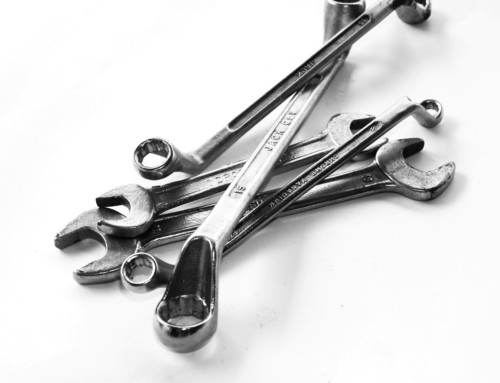As Engineers, Craft and Maintenance people, we have a tendency to be excited by the technological advancements that become available. This is not a bad thing provided we do not let them become the flavour of the month or take our attention away from what we are here to do. Enable Reliability and Maintenance.
Often we find much information on the advanced technical topics such as Reliability Engineering, Life Cycle Costing, or various CBM technologies. When properly deployed, these techniques allow us to further our success in Reliability and Maintenance. But what about the foundations that makes these interesting techniques successful?
We often get pulled into these advanced topics before we are ready. I know I have been. I have implemented a Thermography program, before we had the planning and scheduling system in place, along with a well ran storeroom. The result? Finding potential failures, that we couldn’t get the parts and schedule the work before it failed. This just frustrated the craft teams to the point that they didn’t even want to do the Thermography checks anymore. Talk about a great build up and let down. This setback took us months to recover from and took that much more work to engage the craft in the next improvement.
Without the foundations we are often unable to sustain these advance techniques and they become a flavour of the month. So what foundations should we ensure are present and embedded before advancing?
Data Standards: Are the equipment and materials entered into the CMMS with no defined taxonomy? In addition, do the staff entering the information know what fields are mandatory and how to classify materials and equipment? Without a defined repeatable method of entering and creating items in the CMMS it will be very difficult, if not impossible to run meaningful analyses.
Roles & Responsibilities: Does everyone know what they are accountable for and responsible for? Often times the foundations fail because no one is clear on who is supposed to do what. A simple RASCI chart will often clear this up. In addition, be sure everyone knows which metrics or KPIs they own.
CMMS: Who enters which data in the CMMS and to what standard? Are there custom and specific work instructions available for using the CMMS? Often times we get poor data since individuals are unsure of how or what data to enter in the CMMS.
These three foundations are often not fun, but serve to enable not only the advanced technical topics, but also our key work streams such as work management and spare parts management. I encourage you to take the time to ensure these foundations are in place. They do not have to be extremely detailed documents, but they need to provide enough detail to ensure clarity for all.
Remember, to find success, you must first solve the problem, then achieve the implementation of the solution, and finally sustain winning results. Tell me what happened when you skipped the Foundation and jumped to one of the advance topics. Were you successful? Or as Thomas Edison put it, did you just find another way that didn’t work.
I’m James Kovacevic
Eruditio, LLC
Where Education Meets Application
Follow @EruditioLLC
Disclosure of Material Connection: I have not received any compensation for writing this post. I have no material connections to the brands, products, or services that I have mentioned. I am disclosing this accordance with the Federal Trade Commission’s 16 CFR, Part 255: “Guides Concerning the Use of Endorsements and Testimonials in Advertising.”
[/fusion_builder_column][/fusion_builder_row][/fusion_builder_container]



